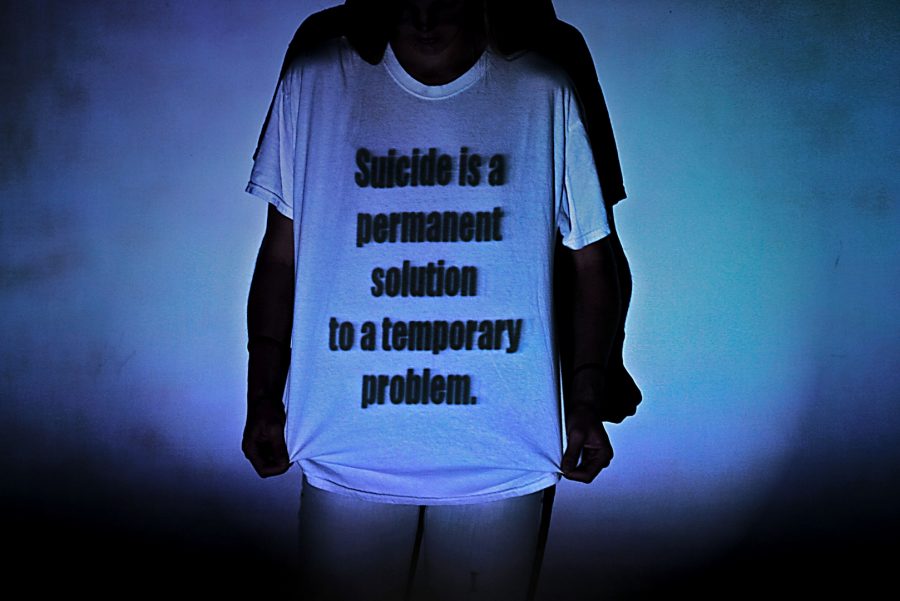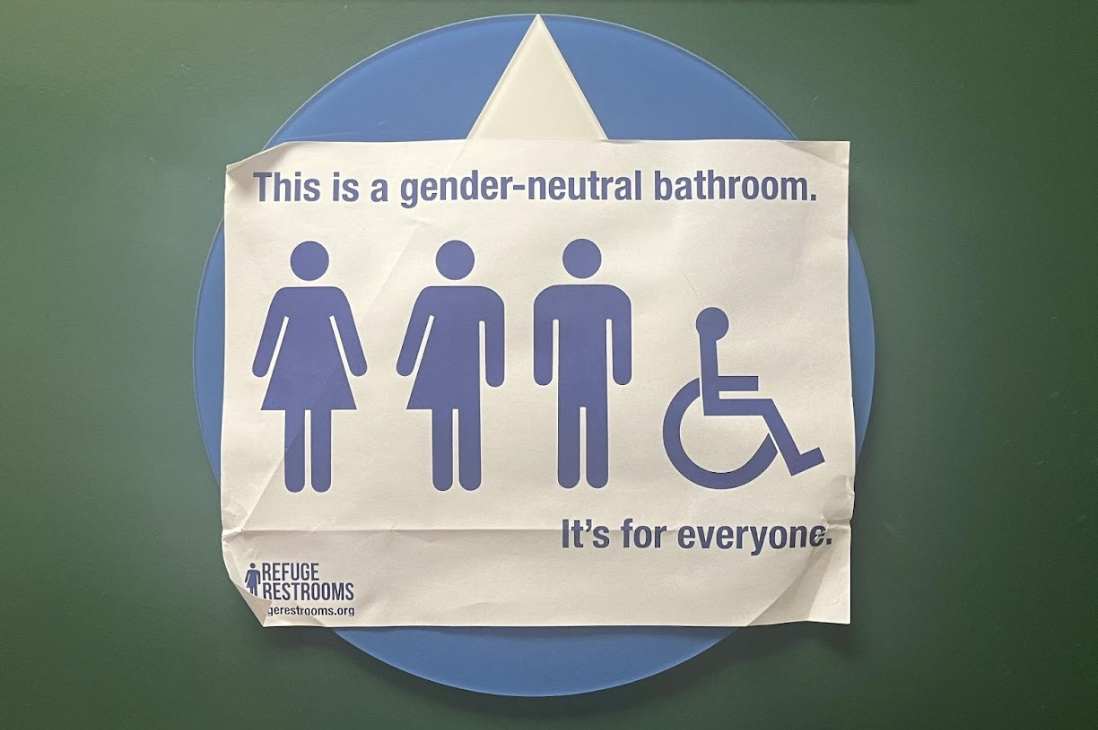The importance of suicide prevention is often underestimated.
There can be a lot of misconceptions with the phrase overall, but it is something most people would agree is essential for students.
So what exactly is suicide prevention?
“It kind of defines itself – it is trying to prevent suicide by intervening in the life of someone who is suicidal,” Granite Bay High health teacher John MacLeane said. “When I hear it, I think of the fact that because suicide most often comes from depression, and people who suffer from depression have a helplessness or a hopelessness, (it makes it) really difficult for them to help themselves.”
There are many levels to suicide prevention. What experts say to look for are warning signs, things that might alert someone about another person or friend who is in need.
“I guess the most basic warning signs that you are going to see in a teenager in school is that there are personality changes, such as withdrawal, students not wanting to do as much as they did before, or not wanting to hang out with (other people),” GBHS school psychologist Shietel Chhana said. “You’re going to see a lot of social withdrawal.”
Red flags or warning signs can also be behavioral changes, such as a change in eating habits and sleeping habits, a sad attitude, giving away things and preoccupations with death.
A common myth about suicide is that if someone talks about suicide or has made statements about it, they are only doing it for the attention.
“Never never ignore it,” assistant principal Sybil Healy said. “Some people say, ‘Oh, you said that last time, you never did it,’ but they’re not saying it to joke. (One day) when they get the courage to do it, they (might actually) do it.”
Some students and parents might not be aware of how to go about approaching a friend or loved one if they think they have been exhibiting signs of wanting to commit suicide.
“It can always be scary to find yourself in that situation, but reaching out could be as simple as (asking), ‘Are you OK?’ or ‘How are you doing?’ ” counselor Christina Cross said. “You do not have to be specifically trained to just reach out to another human being.”
But there is only so much a friend can do. If you know a person is actively suicidal, experts say it is best to tell someone you and the person trust. For example, counselors, therapists and psychiatrists are trained to help students with these kinds of problems. Any trusted adult is also a good place to start.
“I’ve been with dealing with depression and anxiety for as long as I can remember … I attempted suicide sophomore year, and then went to a psychiatric center and got help there,’ said Haley Byam, a GBHS graduate. “It’s important to know that you’re not alone and there are probably a lot of other people going through the same thing as you. The best thing you can do, even though it’s really hard, is to talk to someone and ask them to get you professional help.”
There are many reasons a person would consider committing suicide. Sometimes, it is because of clinical depression and other mental illnesses. In those cases, people often don’t understand why they are feeling a certain way.
“It could be environmental but it could also just be genetic like our chemical makeup,” said Chhana, the school psychologist. “It could be things as simple as just family struggles, divorce, economic factors at home (or) financial trouble. For students who have diagnosed mental illnesses, (it) really varies, sometimes there might not even be a trigger. Sometimes there really isn’t a trigger, and then sometimes just small things could trigger it.”
Triggers are things that could push a person to feeling suicidal, or worse, pushing the person who feels suicidal into actually making the attempt.
“When I say trigger, that’s not going to cause someone to commit suicide,” MacLeane said. “But (it’s) on top of other issue and problems. I think especially of lost relationships, of moving from one place to another, anytime you’re losing relationships with other human beings, I think it’s very difficult for people.”
GBHS graduate Jeff Fehr committed suicide on New Year’s Day in 2012, and Adam Johns another former GBHS student, took his life in 2011. Both deaths significantly impacted the community.
“The healing process is very tough to describe unless you go through it personally,” said Megan Hurley, a GBHS graduate who was a close friend of Fehr’s. “I can’t speak for others, but for me I would say that I will never be able to get over Jeff’s passing, but you learn to live with it and you learn to focus on the good times.”
Despite those suicides, there is still a stigma that life in Granite Bay isn’t hard, that problems aren’t as real as they are elsewhere.
“Understand that student life is different now, its harder to be a teenager today,” Healy said, “and our parents should understand on this site that we have more anxiety, more bowel problems, intestinal problems, insomnia than most sites I’ve worked at before … and why is that?”
There are counselors and intervention services available to GBHS students and families, but some students and staff said they think the school could do a better job of helping students experiencing some of the challenges that can lead to suicidal thoughts.
“In terms of prevention measures that we have, it’s not a whole lot,” Cross said. “I’ve only been here four years, and I don’t remember a specific suicide awareness or prevention campaign.
“I know part of it was woven into (the) Ripple Effect (campaign) a little, but it’s definitely something that could be addressed more globally for our whole student body.”
For any person who has struggled with mental illness and thoughts of suicide, feeling alone can be a very real and serious feeling.
“When you live in an area such as Granite Bay, it’s a higher socio-economic area, people just assume there are no problems when there’s a tendency to be (experiencing) more problems, and so the problems are more masked,” Healy said. “Suicidal thoughts are more common than people think, and it’s ongoing. I can call in 20 students and ask, ‘Did you think about suicide in the last few weeks,’ and I’ll get a lot of yeses.”
Social media, mean comments and bullying can also be huge sources of stress for students today.
“When you hear a mean word, or something mean about you, it sticks into your head for forever and you can never stop thinking about it,” senior Lexi Geraghty said. “It makes them think more and more and feel worse about themselves so they’ll never stop thinking about it, it’s like on their mind more and then it leads to more depression and anxiety.”
A lot of times, experts say, people would just like to be heard.
“I think for someone who has hit that point in their life they need to validated, that yeah, things are not OK,” Chhana said. “Like, ‘I get where you’re coming from, I understand that pain,’ because at that point in someone’s life, they don’t want to always hear things are going to be better, even though that’s kind of what our first reaction is.”










